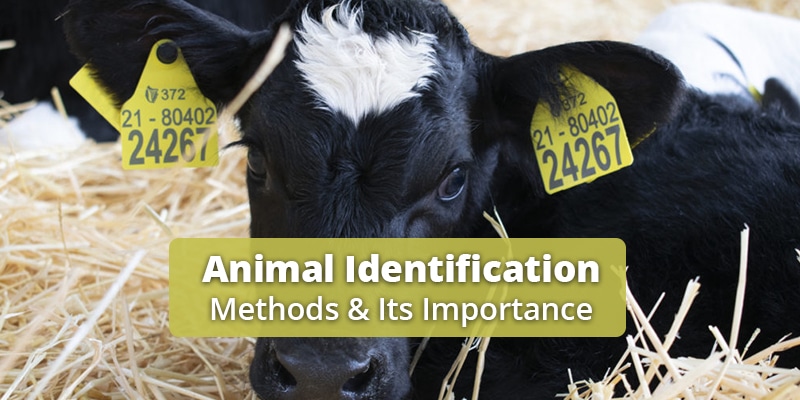From time immemorial, people have devised different methods of identifying their animals.
The animal identification system stems from finding a way to differentiate your animals from others.
However, animal identification is now scientifically more important even if your animals are not on a free range.
As a livestock farmer, you should mark your animals a few days after their birth for easy identification and management in later life.
Today, there are 5 systems of identifying animals that are recognized or commonly used.
How can Livestock be marked for Identification?
To identify your farm animals, you can adopt one of the following methods depending on the class of the animal.
-
Branding
Branding is a popular cattle identification technique among goat, cattle, donkey, rabbit, and sheep,
Branding normally involves placing a number or letter on a plate and gently pressing it on the animal when they are very young.
It causes mild burning on the animal skin and it later leaves a permanent scar in the shape of the plate – number or letter.
The plate is subsequently used in planning marks on the animals for identification.
Branding is usually done on the back, shoulder, or horn of an animal.
There are different types of branding
- A hot iron can be used for the marking.
- The cold stamping iron method is also used
While the marking is usually done to the animal skin, at the back, it’s now economically wise to rather apply it to the horn or the thigh of the animal so the economic value of the livestock will not be reduced.
-
Ear notching
This is making a mark on the ear of an animal.
It is an easy method of identifying animals but not as effective as branding in identifying each animal in the pen.
In this method, the farmer makes notches cut at the top or bottom of the ear of the animal a few days after they’re born.
It is more commonly used on a pig, goat, rabbit, and sheep.
-
Tagging
This is usually done on the ear of an animal and the wings of birds.
Tagging can be in different styles. The ear tags are metal plates that numbers or letters that have been engraved on them.
A hole will be made on the animal’s ear and the tag will be inserted.
The tags can have numbers or letters for identification.
-
Ear tattooing
This is the making of tattoo marks on the animal’s ear.
It involves punching a couple of holes on the animal’s ear to form a number, letter, or pattern and applying the ink on it.
This type of marking is a bit difficult, animals can suffer more than necessary, and the pattern may not be formed properly.
-
Neck collar or Neck tagging
This involves the use of a chain or rope to tie a collar carrying marks with letters or numbers around the neck of an animal.
This method of identification is easy, animals don’t have to suffer in the process, and it enhances the beauty and economic value of the animal rather than reducing it.
Many people also prefer this technique because you can identify the animals at a relatively long distance.
This is very popular in dogs but can also be used on livestock.
Importance of Animal Identification
The importance of animal identification can not be overemphasized in animal husbandry.
It makes it easy to separate strange animals from herds or flocks
It makes it easy to identify a troubled animal.
It is easier to keep records or research information about the individual animal, for example, a record of breeding, medication, weighing, etc.
Animal identification is important for culling or separating unproductive or sick animals.








